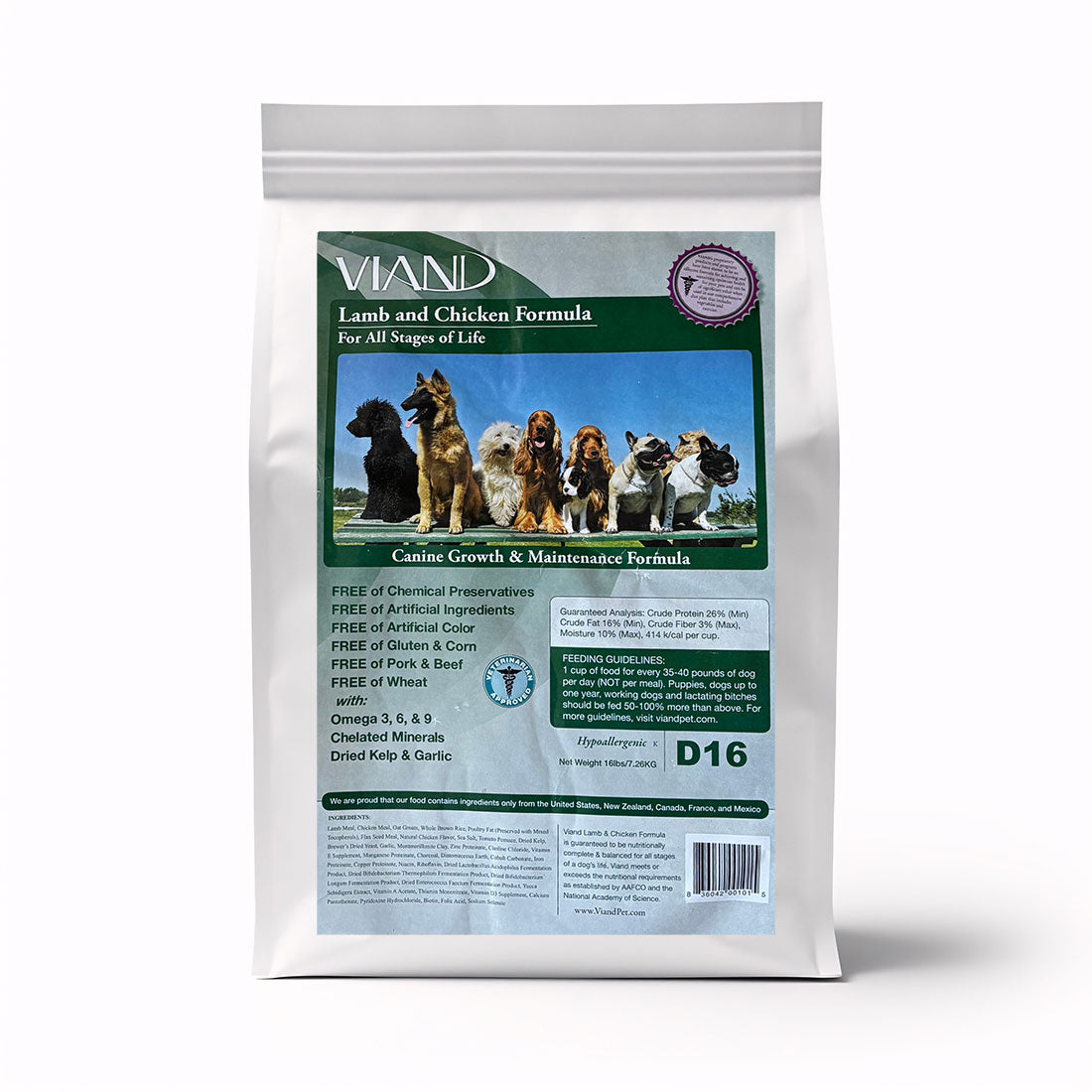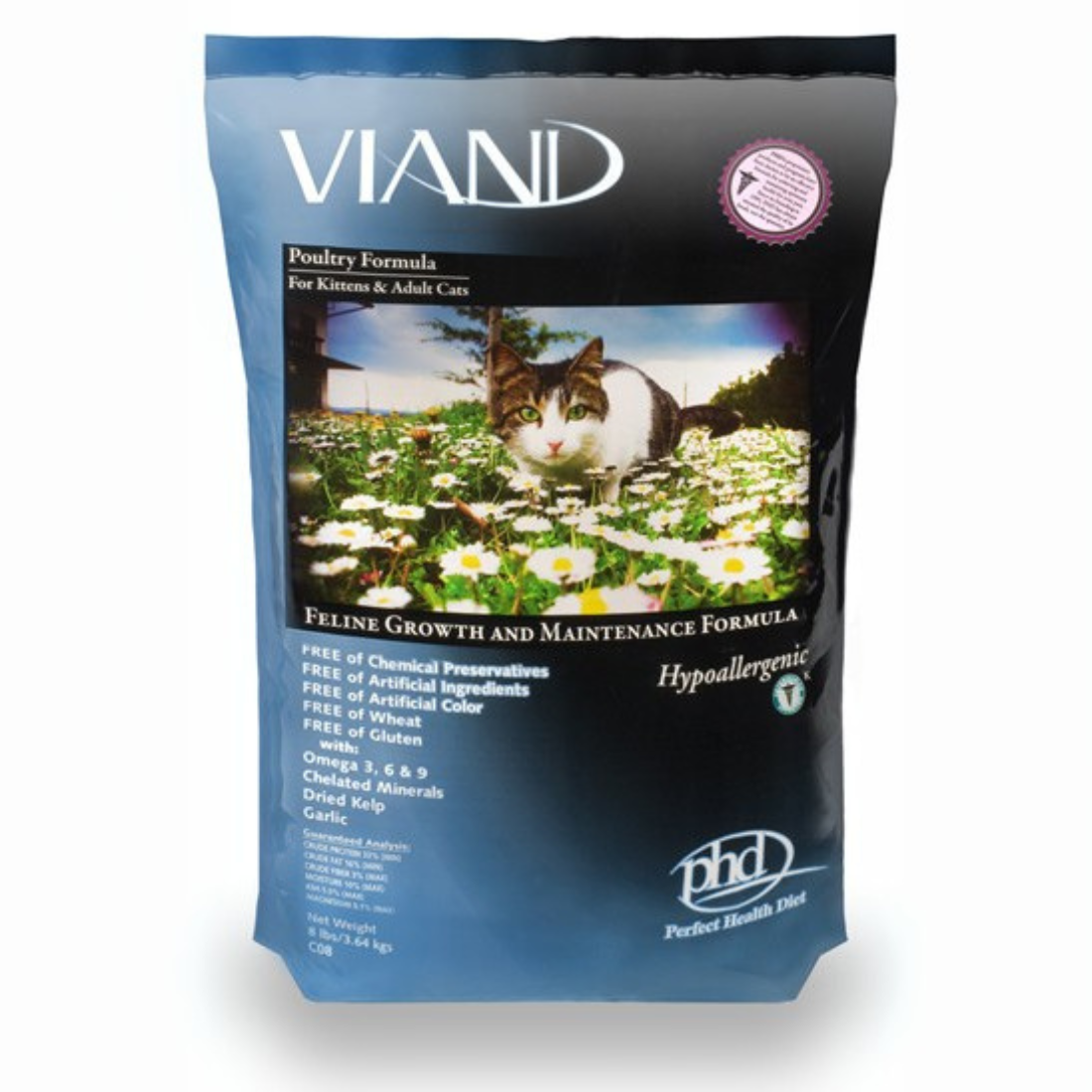· By Scott Pollak
Taking Care of Your Pet
How to Keep My Dog Healthy
Healthy dog…boy that’s a phrase that can mean anything these days. Healthy, does that mean only getting sick 3 times a year? For some reason, many people believe that and accept that. First of all, aren’t they animals? Understanding that first is the most important step in having a healthy animal in your home. Of course we love them, but really, an animal is on the ground, looking for anything to put in its mouth and should always be alert and most of all, have a vibrant and active immune system. Laying around on a couch, passing gas, eating dead food, and once in a while, walking from the car to the house, is not a dog, but more like some of us! Running, jumping, barking, loving, sharing, getting our attention, and most of all, staying healthy…that’s my dog and cat.
Did you know that your dog’s behavior, happiness, health, longevity, and well being are intertwined with what you feed him? If your dog is receiving ideal nutrition, he displays vibrant energy, possesses a high exercise tolerance, has clear sparkling eyes, his lush shiny hair/coat glistens, his ears are clean, he always has a good appetite, has a clean no-odor coat, doesn’t pass gas, and he can kiss you all day with no doggy breath. Now that’s a dog we all should have.
Most dogs are surviving on lower-quality foods, which results in many of the symptoms that we have been conditioned to accept as normal. These add stress and expense to our lives, much less theirs, and who needs that? Excessive itching, licking their paws, hot spots or eczema, along with having simple pet odor and passing gas are the most common. Simple observation of these minor pet issues will keep you on your toes when certain situations arise and familiarizing yourself with many topics here at this blog will allow you to become proactive concerning your pets’ health.
Dogs are carnivores. They need meat. Their cells need the correct nutrients to function properly, and the nutrients need to be in the correct proportion. Nutrients are the fuel, and the type of fuel you provide determines your dog’s physical, emotional, and mental health.
How to Recognize "Better" Food
As the pet population is experiencing tremendous growth here in America as well as many areas in the world, the health problems seem to continue to plague our pets. As science appears to be continually working on finding either the causes or the diagnosing symptoms, most diseases become established when a chemical imbalance impairs the body’s immune capabilities. Simple, logical common sense observations can be made, which we can apply to our own lives as well. The most common way chemicals are introduced is through foods. These chemicals accumulate over time and can compromise cells, tissues, and organ systems. Chemicals are not the only factor in compromising an otherwise healthy immune system, environmental factors such as the lack of exercise or genetics are also issues, which are of concern.
An animal naturally defends itself by producing antibodies when digesting an inappropriate diet. This can lead to imbalances and illnesses and a doggie odor that we have come to accept as normal. Ingredients which are in an imbalance, chemically enhancements, artificially flavorings, colorings produce large stools and prove that these substances are mostly indigestible.
The cure is simple: The purer the food, the less the chemical assault. A healthy animal is more disease resistant and can expect to live longer and happier when fed a diet, which is purer.
To achieve a healthy immune system, you need building blocks of properly digested, high-quality food. Of course, I believe along with 17 years of experience that when you feed your pet a diet of Viand alone or with raw foods, it has proven itself thousands of times that within weeks to a few months you’ll see an increase in the overall health and vitality of your animal.
Maintaining this way of feeding can ensure that health continues. A tip for everyone, seasonal cleansing or a detox regiment is strongly recommended for your pet at any stage of their life to re-balance their natural immune system.
How to Deal with Food Allergies
One of the most important ingredients in maintaining optimum pet health is a diet of fresh wholesome varied nutrients. Vitamin and mineral supplementation will further add vitality and energy to your pet. On such a diet the energy, nutrients, and minerals consumed will allow for maximum stamina and overall health.
Diets fed that contain old, spoiled, and inappropriate components create an environment where not only do the organ systems of the animal not function properly, but there is a continual attack on the body of poisons by what is called allergens or antigens. In this system, under continual attack, what would have been a harmless and even beneficial nutrient is implicated as a co-conspirator in a cascade of events that turn the immune system on and makes it become over stimulated and in “attack” mode, attacking the animal itself. This style of functioning is a cry for greather health and well being. It is an indication that the system is not functioning as designed. Allergy, in all its forms, is a reflection of a system starving for higher nutrition, intelligence, and health.
There is a tendency to blame foods as being “bad” and producing allergy. In fact, the overall quality of the diet results in the expression of health and vitality, or allergy and disease ( the relative absence of health) especially in our pets.
Blaming particular foods as allergenic and causing disease, results from understanding health from a level blinded by the fear of disease. Almost nothing can be further from any concept of Wellness. Wellness is the experience and knowing all is WELL, to whatever extent the living system is capable of knowing or imagining. Any understanding of health that has at its basis avoidance in any form is living in disease. Health is freedom, joy, and growth all mixed together in the eternal present. Living and trying to avoid this and that kind of food (or any environment particle for that matter) for extended periods of time in the name of keeping disease away is far from health. Can anyone believe health is always being on your guard against all the possible foods that can do you or your pet “in”?
How to Read a Food Label
Good One! It’s so confusing out there! How is one supposed to know how to read a label? I want what’s best for my pet, but there’s so much out there that is probably misleading, so HELP! I’ll try my best and a principle that I try to live by, K.I.S.S. ”Keep It Simple Stupid! Ingredients are listed in descending order BY WEIGHT (not percentage, WEIGHT) prior to processing (cooking). Most, up to 95% of the product is listed before the fat or oil, all the cool things listed after that are pretty much considered a micro nutrient or window dressing.
So, don’t think cranberries and yogurt listed after the fat or oil are really in each piece of the food, somewhere a pound or two per ton made it into the formulation, but not each or many pieces. Grades of the ingredient as nice as they may sound, are NOT provided, offered or known in any way on the label. Beef at a restaurant is beef, right? There’s McDonald’s beef (remember the slime episode) and there’s a Ruth Chris beef..both beef, but… An ingredient may (and usually are by the big guys) be split into different types to prevent it from being listed higher in the list. i.e.: rice middlings, whole rice, rice flour, brown rice are all rice, if it is listed more than once and when combined it may be the first ingredient, but when split up, it falls down the line.
Don’t be mislead by a meat listing…actual meat cannot be processed properly in a dry matter, therefore a wet form of the meat, a “GEL” or “SLURRY” is made and wet is heavy!! So again, those ingredients assumed to be just small or minimal components of the food; usually, more often than not, end up as the majority of the finished product, which is what you’re actually getting and paying for, not the “meat” you think you’re getting.
I can go on and on, but the purpose of this is for you to understand that the true test of a product even with your best intention is for you to make an educated guess as to what you’re choosing to feed and put it in the animal, follow their recommended feeding guidelines, watch the stool as it tells all, pet your pet and sniff your hand (after a few weeks) and see what differences you witness, good and bad.
A trick: Smaller recommended feedings by body weight are usually a sign of a better food, as over feeding a good food will create loose stools and over feeding a poor diet creates larger stools and excess fat. So as grandma said, Less IS Best!
How to Feed Puppies vs. Older Dogs
During the first seven months of your dog’s life, he will increase his birth weight from 15 to 40 times. By one year, his birth weight will increase up to 60 times and his skeletal development will be almost complete. As a puppy, he needs approximately double the amount of food as an adult. The most critical period is between 4 and 7 months. If the diet is inadequate, the major organs will receive their share primarily at the expense of bones and muscle. A malformation of the hip socket, dysplasia, appears to be linked to nutrient deficiency. The proper food can reduce or retard further degeneration and may even correct an existing problem.
Slightly underfeeding an older dog brings back many of its youthful behaviors and results in a longer life. Dogs, like people, tend to gain weight as they age and their metabolism slows. If your older dog refuses to eat, this happens at different times of the year, pay attention! It may be time to alternate your grains and meat, for example, from chicken to beef, or vice versa. If your dog refuses to eat anything, don’t panic. Going without food for a few days helps cleanse his system. The most essential thing is to make sure he remains bright and alert and is drinking at least his normal amount of water.


